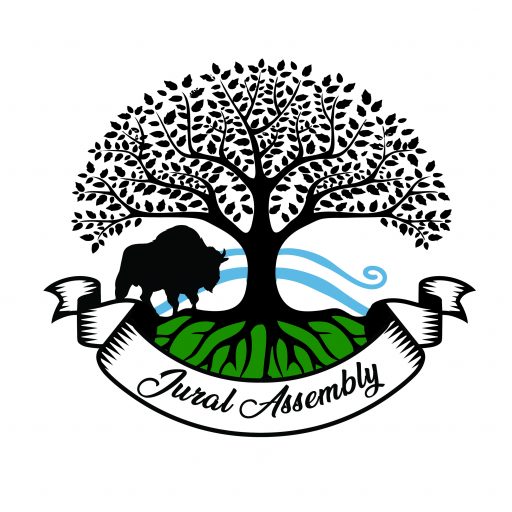Assemblies, generally, are gatherings of men and women in a community.
The reference to peaceful assembling we recognize from The First Amendment to The Constitution for The united States of America, has been with the intent of expressing the will of a people, most often for written presentment to those agents holding some governing capacity.
American history refined this understanding of peaceful assembly rather quickly into those groups of men whose discussions and subsequent efforts were to improve the lot in life for themselves and their neighbors by redressing grievances held due to misrepresentation by governing agents, e.g., the king and his representatives.
Modern reference to exercising our God given right to freely assemble is typically with specific, articulated purpose: acting as jurists in the context of a common law Grand Jury to ensure that the express will of the people, and their redress of grievances including equitable remedies, being fairly and equitably applied to all mankind: Justice.
Below are links to just a few of the historical supports for this type of purposeful civic gathering.
Every jural assembly member begins their journey with the the simple decision to volunteer to serve the community, if called, as a jurist on a common law grand jury.
Because of the response to the call to our societal responsibilities,
we have the obligation to be highly competent in understanding
the codes and statutes of the corporate de facto and
how these relate to the law of the land (common law/God’s law)
which we may be tasked as jurists to ensure is applied equitably
for the greatest good of mankind.
Our ever-increasing library has many books and documents to guide this journey.
Click HERE to be directed to our series of easy-to-follow lessons that outline what common law is and how every man and woman can and must ‘stand in our own square.’
